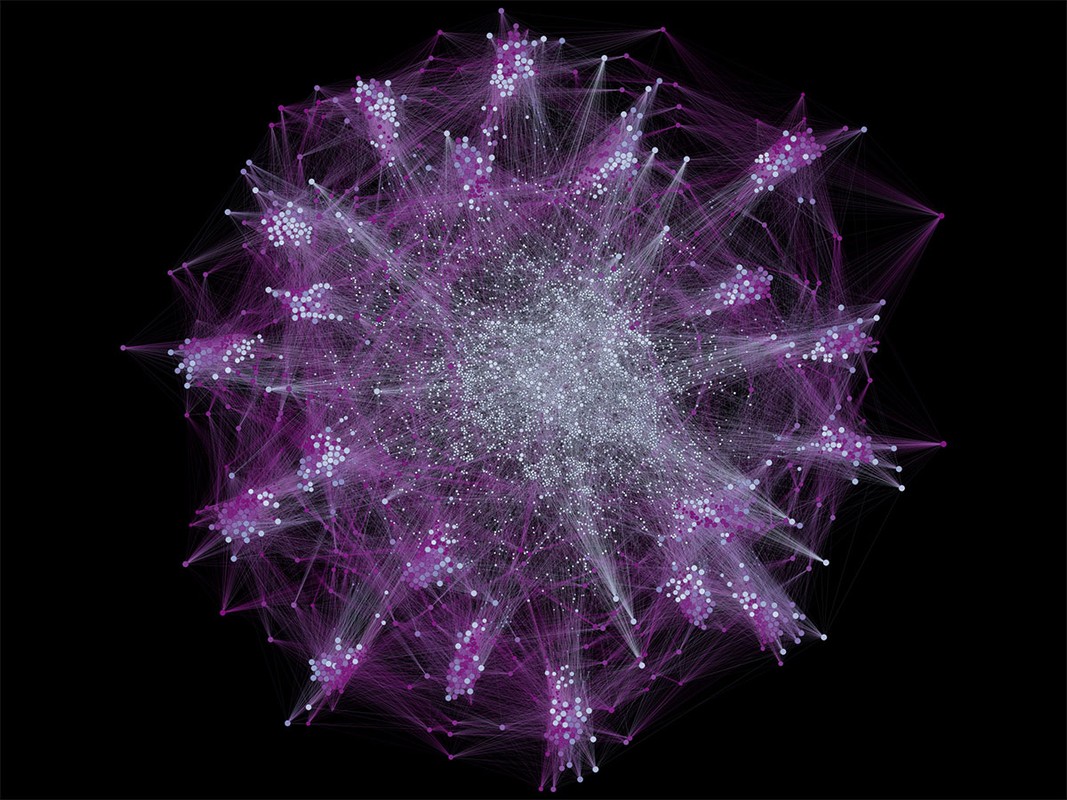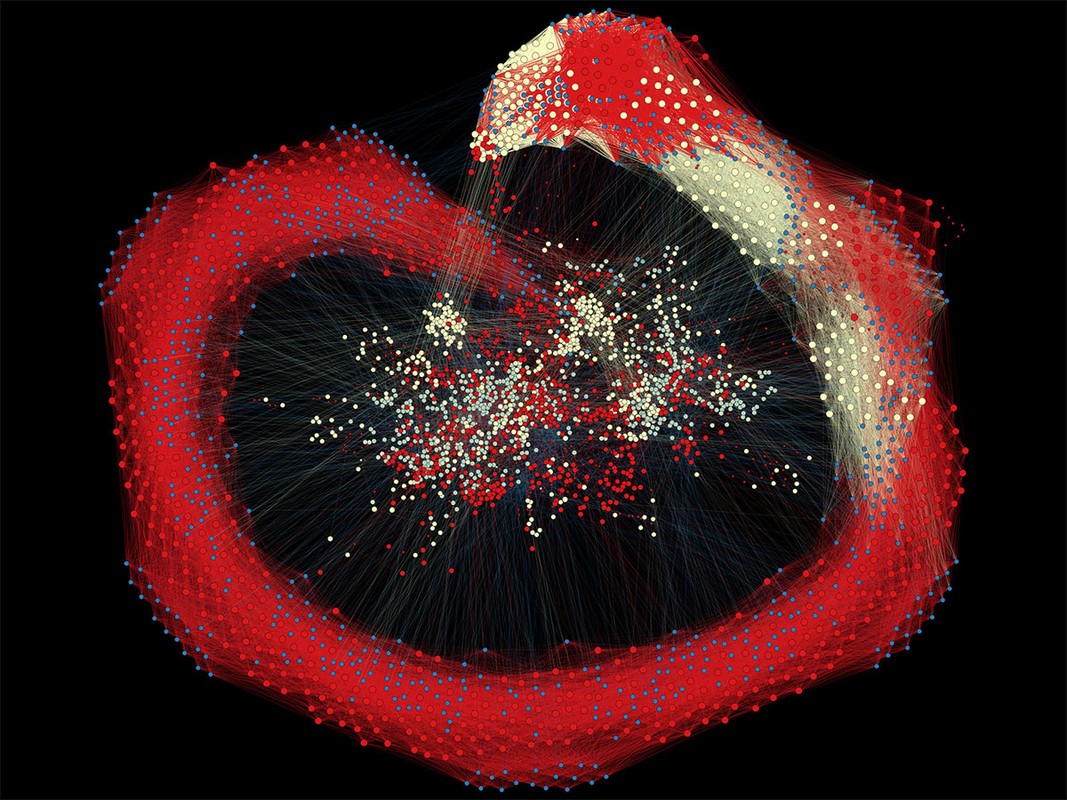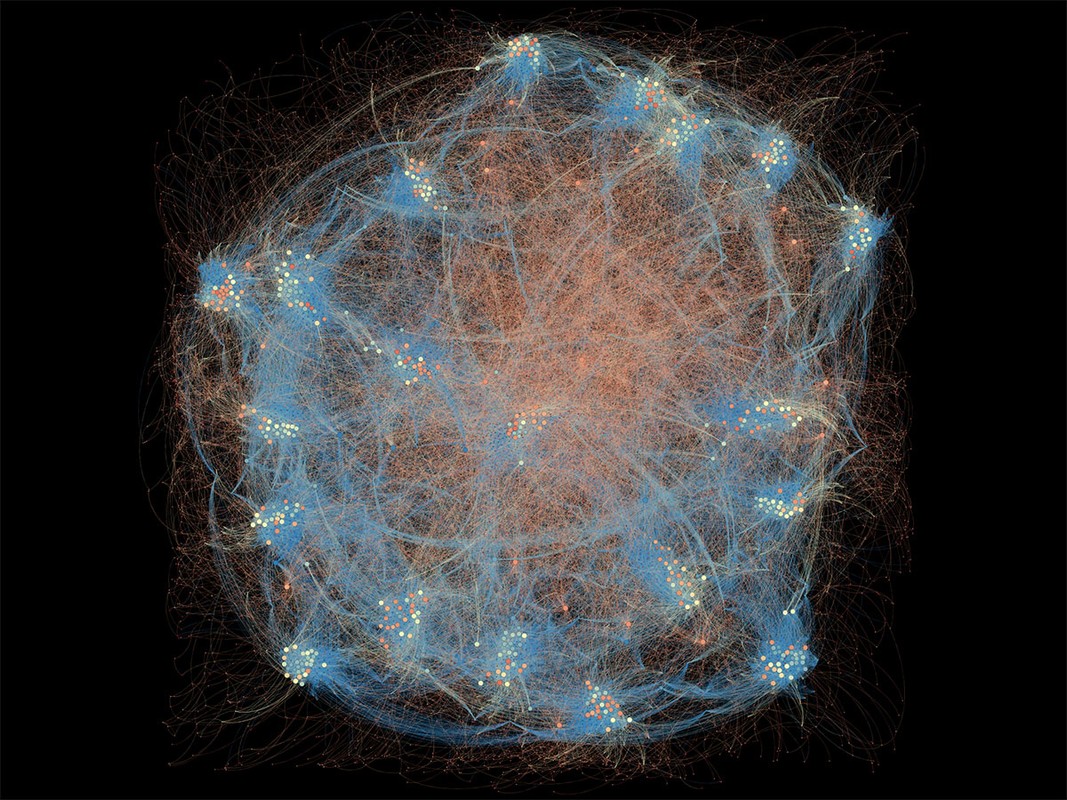Computing for the cities of the future
Imperial College London,
The cities of the future will be rich in sensors and computers which will transform buildings into smart buildings. Such buildings will be equipped with systems that can control their emissions and energy consumption automatically, making cities eco-friendly in ways previously impossible. However many challenges still exist in building such complex control systems. At Imperial College we aim to tackle this through combining mathematics, computer science, and engineering.
The management of smart buildings can be described with a mathematical problem. If one can solve the problem quickly the smart building will be more efficient, as it will be able to adapt faster to changes in the environment. However, to solve this problem quickly, we need to understand its mathematical structure so that we can transform into a form that is easy for computers to process. To help us in the development, we use visualisations and the information contained within them.
In these visualisations, circles represent "switches" or "knobs" that are turned on in processes that consume energy, while lines represent connections between these processes. The general shape of the visualisation, for example the presence of separate "blobs", gives information on how to partition the solution of the mathematical problem. Regions represented with bright colours describe processes and connections that are more useful to save energy.
Control systems of the future will be able to analyse the structure of the mathematical problem automatically using new computing technologies that will improve the efficiency of smart buildings.








